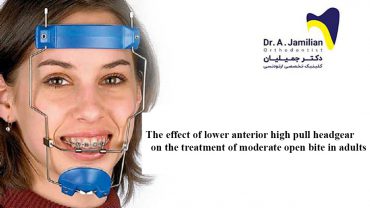Showkatbakhsh R, Jamilian A. Treatment of Class III patient: a case report. Australian Orthodontic Journal. 2011; 27(1): 69-74
Abstract
BACKGROUND:
The skeletal Class III malocclusion may be characterised by mandibular prognathism, maxillary deficiency or both.
AIM:
To describe the early treatment of a skeletal Class Ill patient.
METHODS:
This case report presents a 10 year-old boy with a Class III malocclusion comprising a combination of maxillary deficiency and mandibular prognathism. Two treatment plans were considered. The first was to correct maxillary deficiency at an early age, while the second aimed to postpone treatment until after skeletal growth completion and then offer bimaxillary surgery. The case was treated early and a tongue appliance was used for maxillary protraction.
RESULTS:
The post-treatment SNA angle showed a 5 degree increase and a positive overbite and overjet were achieved after 23 months of active treatment. However, mandibular prognathism was still evident.
CONCLUSION:
Both treatment options have advantages and disadvantages which require informed clinical consideration.






